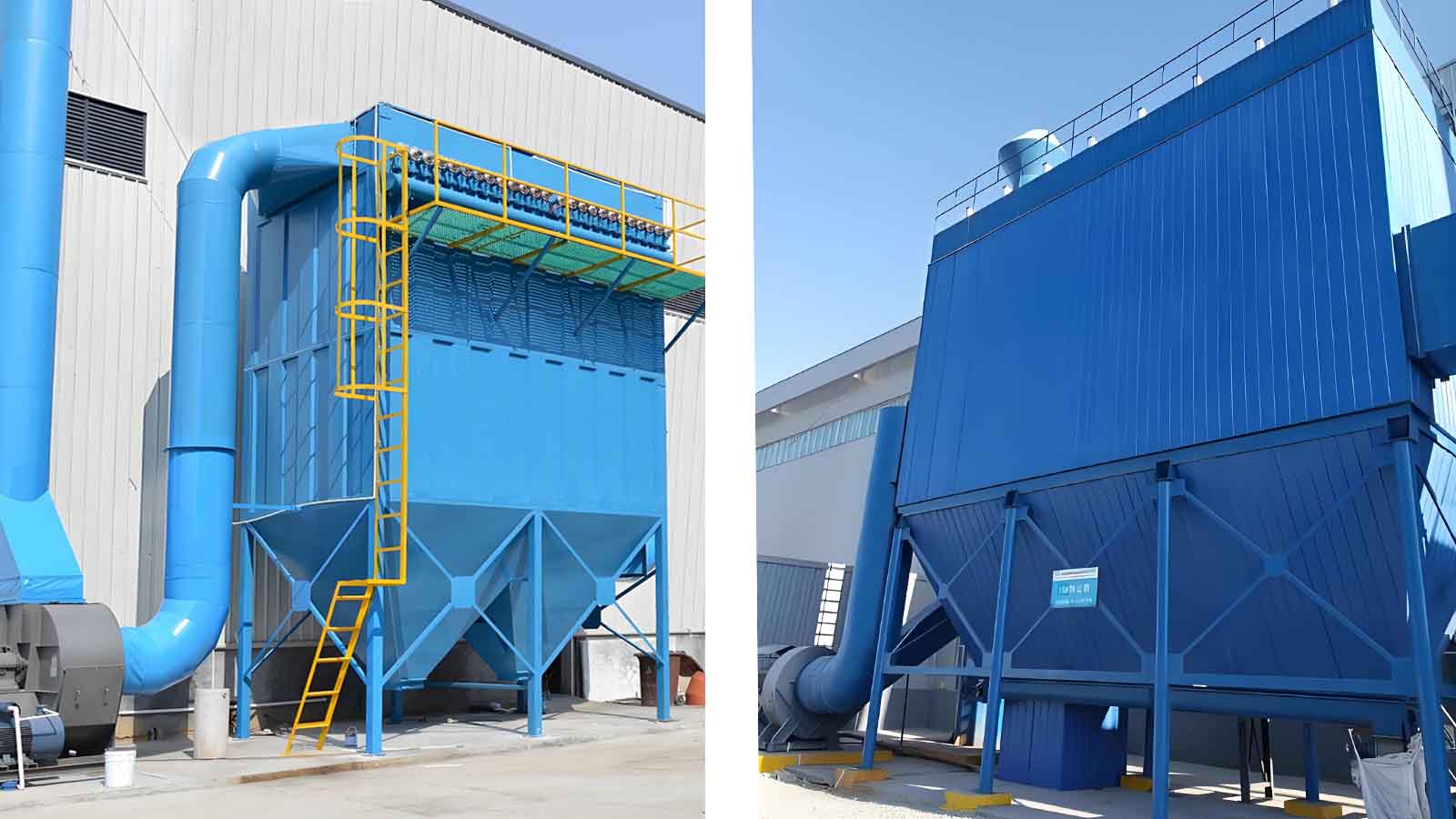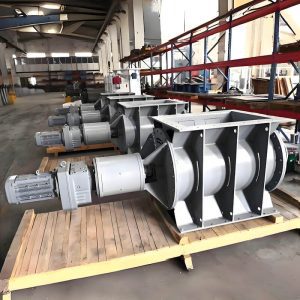As industrialization accelerates, environmental protection and pollution control become global priorities. Among various pollution control technologies, colectores de polvo serve as effective air purification devices. They are widely used in industrial production to reduce dust emissions. However, dust collectors may experience a decrease in airflow during operation. This issue not only affects dust removal efficiency but also leads to environmental pollution and energy waste. Therefore, analyzing the causes of airflow decrease in dust collectors is crucial for ensuring normal equipment operation and improving environmental quality.
Research Background and Purpose
This study aims to explore the potential causes of airflow decrease in dust collectors. By analyzing existing literature and evaluating technical parameters, we reveal the key factors that affect airflow. The purpose of this research is to provide scientific guidance and recommendations for the design, operation, and maintenance of dust collectors. This ensures their efficiency and reliability in industrial production.
Research Content
1. Design Defects Analysis
The design of a dust collector directly impacts its performance. An unreasonable structural design can lead to uneven airflow distribution, resulting in decreased airflow. For example, a small inlet or improper duct layout increases airflow resistance and reduces airflow.
2. Filter Material Blockage
The filter material in a dust collector is crucial for capturing dust. Over time, dust accumulates on the filter material, causing blockage and affecting airflow. Therefore, the selection and maintenance of filter materials are essential for maintaining airflow.
3. Fan Performance Degradation
The fan provides power in the dust collector system. Degradation of fan performance, such as bearing wear or dust accumulation on the impeller, can lead to decreased airflow. Regular inspection and maintenance of the fan are necessary.
4. System Air Leakage
The sealing of the system significantly affects airflow. The presence of air leakage points causes some airflow to escape, reducing overall airflow. Checking and repairing air leakage points are effective measures to improve airflow.
5. Improper Operation
The skills and experience of operators are also important for the operation of dust collectors. Improper operations, such as frequent starts and stops or incorrect parameter settings, can lead to decreased airflow.

Conclusión
The decrease in airflow in dust collectors is a complex issue involving design, materials, equipment performance, and operation. By conducting a comprehensive analysis and implementing targeted improvements, we can effectively address the airflow decrease problem. This will enhance the operational efficiency and environmental performance of dust collectors. Future research should further explore the application of new materials and technologies, as well as the development of intelligent management systems to achieve continuous optimization of dust collector performance.
If you have any questions about the operation and maintenance of dust collectors or need professional advice and support, please feel free to Contacto. We are dedicated to providing you with assistance and service.





